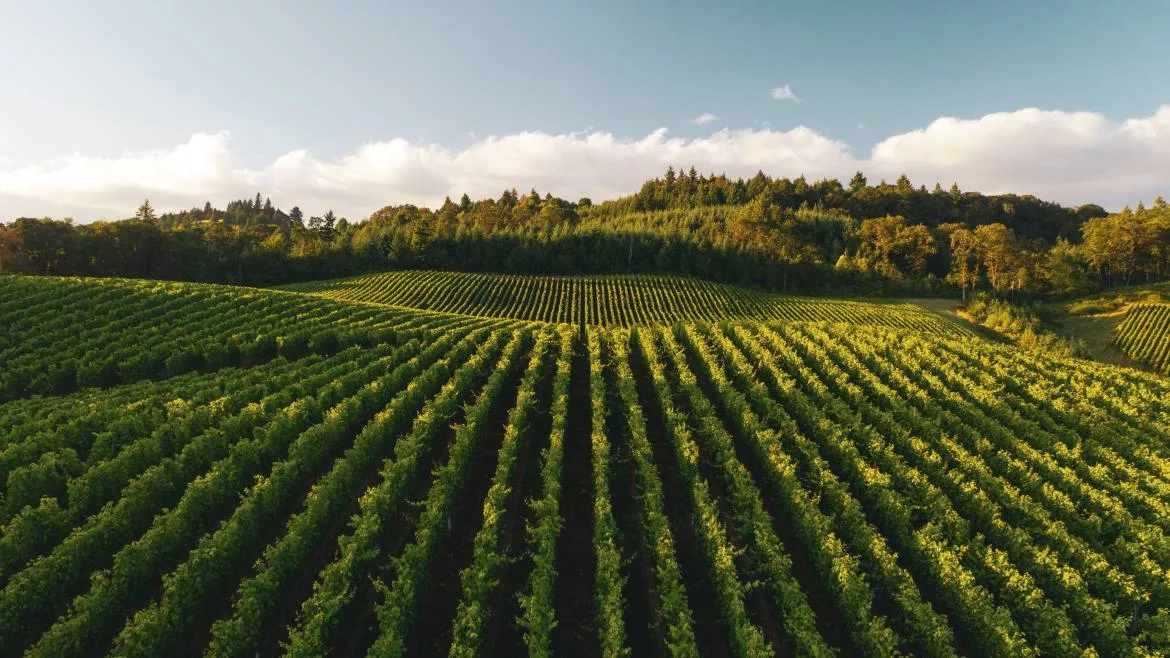Biostimulants to Garner Significant Acceptance in Row Crop Cultivation Amid the Prolific Rise in Strategic Ventures

Photo by Dan Meyers on Unsplash
The agricultural sector has been witnessing several developments lately to cater to the increasing food demand of the global population. In a scenario characterized by such rapid advancements, the demand for efficient substances that favor the performance of the plant’s vital processes while allowing high yields is increasing at a consistent pace. The influx of numerous research activities to limit the use of fertilizers and pesticides has led to the introduction of new powerful tools for growers to augment plant growth and resist water stress. This product proliferation is positively influencing the biostimulants industry growth.
Lately, a slew of technological innovations has surfaced for enhancing the sustainability of agricultural production systems. Biostimulants are one such promising and environmentally friendly innovation for guaranteeing continuous productivity throughout all seasons under optimal and suboptimal conditions.
Mainly used in smaller concentrations, these natural or synthetic materials make use of raw ingredients, such as hormones, humic acids, algae extracts and plant growth-promoting bacteria, in their compositions. Not to mention, natural plant biostimulants are garnering immense popularity for enhancing plant growth, flowering, crop productivity, fruit set and nutrient use efficiency. They are also highly favored for improving the tolerance against different abiotic stressors.Leading manufacturers operating in this business space are actively placing targeted efforts on scaling their revenues while amplifying their geographical presence and customer base with the help of several inorganic strategic and collaborative ventures. Here is a look at some of the significant developments:
- In March 2021, Valagro introduced Talete, its new biostimulant deployed using the exclusive GeaPower technology platform, in five additional countries. The product delivers a highly tangible and efficient solution for all farmers worldwide as it directly acts on plant physiology to offer enhanced crop water productivity.
- Meristem Crop Performance Group, in August 2022, inked a strategic product development as well as marketing alliance with Stoller for distributing the latter’s biostimulant technology and delivering more quality solutions through its growing network of dealer partners.
- In August 2022, BASF invested close to $18.5 million in Sea6 Energy, a well-known Indian producer of tropical red seaweed, which has multiple applications in biostimulants to cater to uses in agriculture and shrimp farming to increase the resistance to disease and stress. With this investment, BASF plans to reinforce its footprint in renewable feedstocks.
- Bayer, in December 2021, rolled out Ambition, its first innovative amino acid biostimulant in the Chinese market. The new product leverages the growth potential of crops by helping them grow vigorously with robust stress resistance toward high quality and yield to provide farmers with the perks of soil protection, harvesting and consumer safety.
- In August 2022, J.M. Huber Corporation, a well-known specialty engineered materials producer, acquired all the assets of Biolchim Group in a binding agreement. This collaboration helped the former company to expand its offerings for biostimulants and specialty nutritional products.
Increasing Cultivation of Row Crops to Bolster Biostimulants Market Share
The demand for row cropping is soaring to considerable heights as it offers the benefits of fewer seed expenses, simplified control of stubble and weeds as well as limited work on the soil. As a result of the growing focus of farmers on increasing efficiency and making nutrients more easily available to these crops, biostimulants are gaining significant ground. This can be attributed to their ability to enhance productivity by modulating cell metabolism, expansion and division in addition to improving the transport of sugars and lipid biosynthesis.
Of late, biostimulants, such as YieldON, are widely adopted owing to their incorporation with innovative technologies, including genomics, phenomics and next-generation sequencing. The increasing consumption of corn, wheat, cotton and sorghum, mainly in the U.S., is pushing the product demand as a seed treatment in liquid form, transforming the biostimulants industry outlook. On the other hand, most potato growers are deploying foliar applications for the product.
The rising need for row-crops agriculture and yield enhancers has paved the path for the discovery, evaluation and development of various innovative and sustainable solutions. Recent research has suggested that applying biostimulants on row crops, like corn and soybean using high-efficiency phenotyping, helps optimize crop yield, nutrient uptake, quality and resistance to abiotic stresses.
Biostimulants Market—The Road Ahead
The consequent challenges associated with magnifying the resource use efficiency while reducing the environmental impacts on human health and ecosystems in the agricultural sector will play an ideal role in elevating the adoption of biostimulants. To mitigate stress-induced limitations and modify physiological processes for improving plant growth and production, the use of microbial stimulants is profoundly growing. The increasing obligation to support sustainable production in adequate water availability and permanent or temporary shortages is another impact rendering factor for the biostimulants industry expansion in the near future.
Looking for a reprint of this article?
From high-res PDFs to custom plaques, order your copy today!







